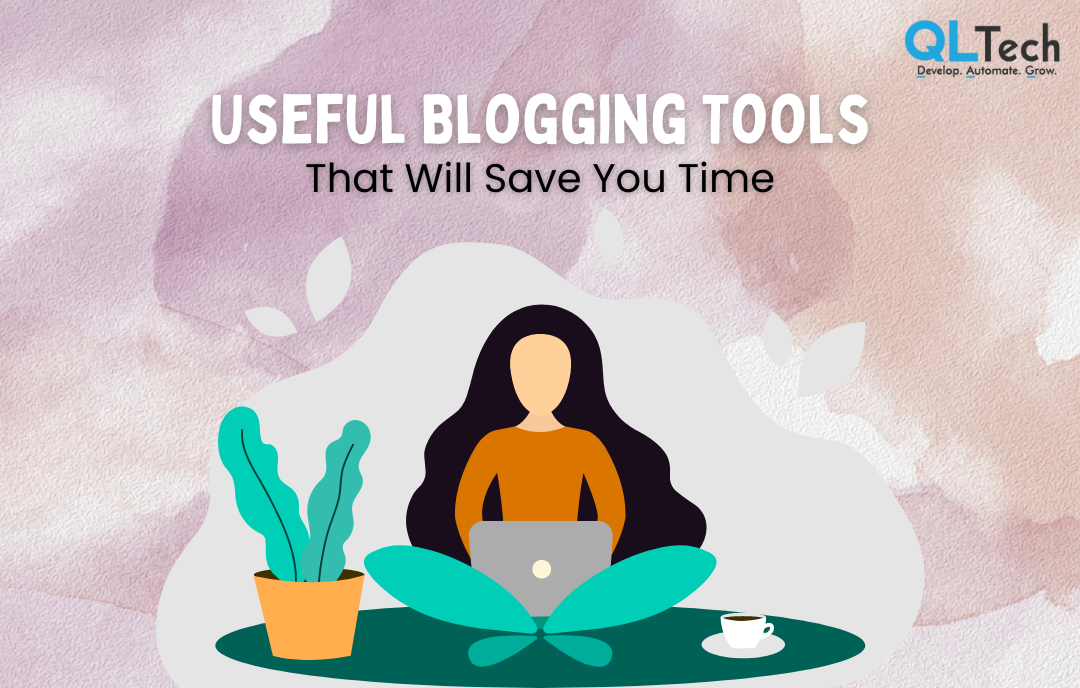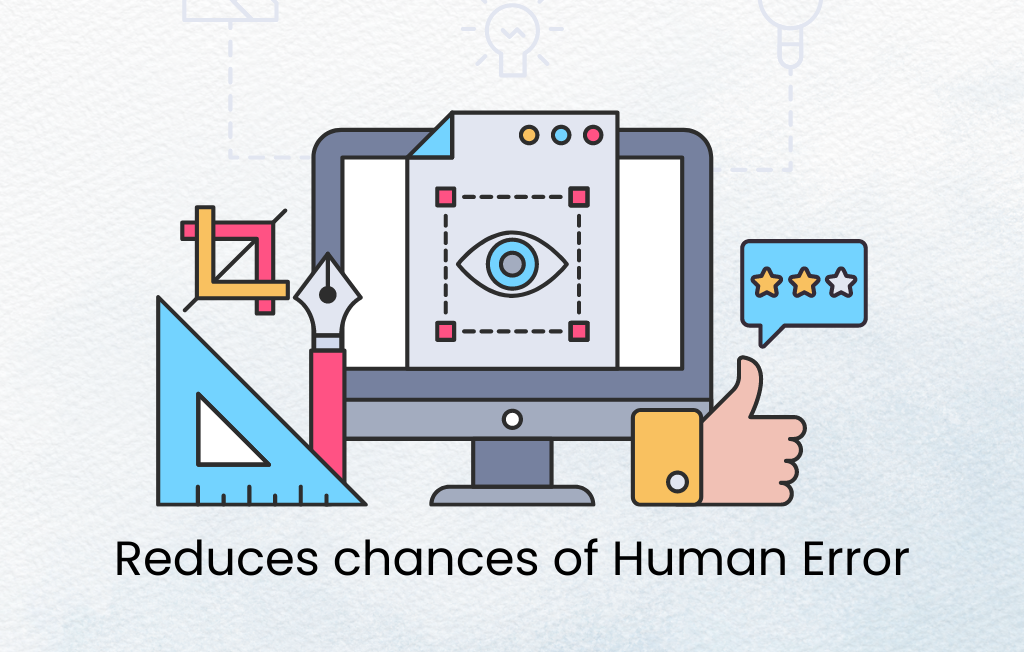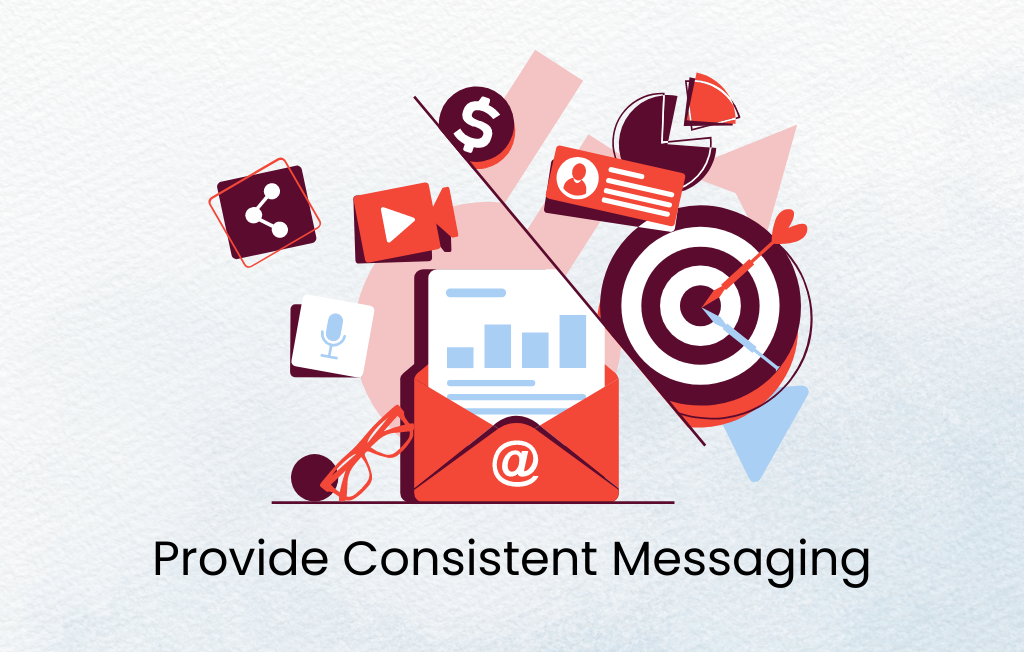You probably know about CRM (Customer Relationship Management) tools quite well. After all, it originated as a concept in the 80s, and as a product in the 90s. You may know some things about CDPs – even though you’d be surprised to know that they’ve been around for more than a decade.
And while you might think that CDP is just one of the (multiple) acronyms in your life, there are a few firms who’ve no doubts about CDPs whatsoever. Among them is the world’s No.1 CRM, Salesforce, which is developing its own CDP – earlier Customer 360 Audiences, now simply Salesforce CDP – by leaps and bounds.
Then, there are the good folks at Adobe and Oracle, who are on the bandwagon too.
Why?
In this article, we’ll answer that. As well as give you a detailed analysis of their differences, similarities, and areas of overlap. After reading through, you’ll know which tasks they’re best suited to, and which one (or two!) will help you increase conversions and drive ROI. Plus, we’ve got some illustrative use cases to explain it all perfectly.
So read on! And yes, it’s a long read. So get comfortable. Or, skip to the TLDR part at the end of each section. And get your hands on the pdf version for future reference.
Here’s what we’ll cover:
- How Customer Experience is Driving the Unstoppable Growth of CDPs & CRMs
- What is Customer Experience (CX)
- Why is CX the Gamechanger Today?
- CX from a ‘Personal’ Perspective
How Customer Experience is Driving the Unstoppable Growth of CDPs & CRMs
What is Customer Experience (CX)
Customer experience is defined as how a customer feels about your brand across the sum total of interactions with you. It’s about how welcome, cared for and catered to they feel with your product, your people, as well as all your digital interfaces & touchpoints.
Why CX is a Gamechanger Today?
According to a Gartner survey, 75% of companies can prove that higher customer satisfaction increase revenues. This growth is driven by higher retention rates or a greater lifetime value. As Raj Gautam, CEO, QL Tech, says, ‘Simply creating a better product is not enough. You need to constantly deliver more value to your customers.’
Delivering value means providing the right content to your audience for their stage in the buyer’s cycle. Give them timely assistance right where and when they need it. Keep your ear to the ground, and get the right feedback to continuously improve your product. Keep up with their changing behaviour and buying habits. And make them feel that they’re well cared for in general.
Giving CX that ‘Personal’ Touch
In short, game-changing CX is all about providing that personal touch. Every interaction, message, ad, and solution that you deliver must seem like it was made just for them. And the rewards of doing so are immense.
86% of shoppers will pay extra for an extra nice CX. And a more personalised experience has triggered 49% to make impulse purchases. Understanding your customer better and delivering just the right trigger will pay rich dividends.
CDP – What it Does, and How
- collect, understand and act on data to influence customer decisions whenever the customer is ready to act. Some customers may be looking for real-time interactions, and some may want to take things slow. Based on data
- Breaks down silos – presents a unified view of the customer and deliver a uniform CX across channels
- a wide variety of integrations that can unify data from disparate channels as seamlessly as possible. Every data channel should be connected
- The CDP should be data source-neutral unifies all customer touchpoints and makes data useful to every team and every technology within the enterprise. Rich customer data within the supply chain, call centres and other places outside the shopping cart should be utilised.
CRM Vs CDP Vs DMP
CRM is an operational system for sales and customer service agents; it has detailed data but isn’t designed to let other systems work with that data.
DMP holds summarized data used primarily to support ad campaigns.
In short: big data and data warehouse overlap with CDP while CRM and DMP are pretty distinct and you’ll probably need both.
CRM Vs CDP in Detail
Rating CRMs and CDPs on the Most Critical Components of CX:
- Enabling elegant, painless interactions (66%)
- Providing speedy service (66%)
- Ensuring that customers feel understood (65%)
- Making relevant information easy to find (63%)
- Being consistent and connected across channels (63%)
Applications/Advantages of CRMs
Applications/Advantages of CDPs
True CDP can align with data compliance goals In the wake of the European Union’s General Data Protection Regulation and the California Consumer Privacy Act
The best CDPs bring all customer data and preferences into a central repository, meaning opt-in/opt-outs are easy to manage, customer data is easy to eliminate completely and locating all of a customer’s data is a fast process — all critical elements to complying with modern privacy regulations.
CDP buyers should look for organizations that already prioritize data privacy best practices
AI-driven personalization is the wave of the future. Right now, the building blocks of this are being laid by CDPs that can collect and normalize data in real time. In the future, this means chatbots that can have tailored conversations with customers, but also soak up their behaviour through the buyer journey and make decisions based on that data in the future.
machine learning-enabled CDPs powering real-time, tailored decisions, marketers will also approach testing in a whole new way. Through automation, marketers will be able to more quickly and strategically test the next steps and communication methods and gather smarter data around the results.
Top CDPs
It has been interpreted in different ways by different vendors and even users. So, choosing a CDP software is never about the ‘best CDP’ in the literal sense of the word but it’s about the ‘the best CDP solution for you.’
AM I READY FOR A CDP?
Your Martech stack was built organically over time, without a clear PoA, maybe even before CDPs existed.
Victim of cloud vendors who’ve overpromised and underdelivered.
In house, the IT department has delayed or built inefficient, poorly integrated software systems.
Your data is in silos, and different tools are unable to access all of your customer data.
You have constant sources of data that will not dry up
You have all the data definitions/business rules required to make sense of the data
You need to make decisions in real-time.. You handle large volumes of data, your customer’s value personlaised one-on-one communication,
You’re having trouble building a consistent, relevant, cohesive and personalized ‘multi-touchpoint customer experience’
You are unable to track and measure conversion effectively across the complex marketing mix
You are finding it hard to manage dynamic customer databases- from data privacy and unsubscribes to moving conversions from the prospect to the customer workflow in real time
Omer Artun, CEO and Founder of AgilOne adds: you are probably ready for a CDP if:
You have a significant number of customers who frequently interact with your brand across channels (the greater the number of customers, interactions, and transactions, the more value a CDP will provide)
Your company gets a lot of value from 1:1 interactions (e.g., increased LTV, response rate, ROAS, etc.)
There are multiple customer profiles across multiple systems, but you could benefit from a master customer record
You need a single customer view in real-time, so all operating systems can have access to real-time customer data across different interaction points, devices, and applications
Beyond the pure customer insights, the right CDP can offer, marketers must also realize that a CDP solution can help future-proof their operations and keep pace with the evolution of technology like AI for years to come.
% of companies that are going to be competing solely on customer experience.. Gartner!
CX -> marketing + sales + service
Not good to outsource CX initiatives
The success of digital transformation will not be measured by how much companies invest in innovative technologies, but by how well they use those technologies to elevate and maintain the customer experience.
In the experience economy, transactions that used to occur face-to-face are being rapidly replaced by digitally-enabled interactions, person-to-machine engagements or, even, machine-to-machine experiences across a diverse and dynamic spectrum of digital gateways or digitally-aided, in-person situations.
Customers knowingly or inadvertently give you their data – the behavioural, financial, relationship, location, and personal identity information that gets exchanged – knowingly or not – in return for an ever-improving, loyalty-building customer experience.
capture and analyze interaction data in real-time
brands face the problem of stitching together fragmented data from interactions that stretch across email, web, mobile apps, call centres, chatbots, in-store transactions and more. To meet customer expectations for contextually appropriate responses, companies need unified, actionable data for which legacy technologies like data warehouses, data lakes, and customer relationship management systems (CRMs) are just not up to the task.
In the ever-expanding digital ecosystem, customers engage across multiple channels at any time of day or night from virtually any location or device and expect a brand to respond with an immediate personalized response.
delivers the most current intel about a unique customer from – structured and unstructured; real-time and historical; anonymous and identifiable – data that is collected from multiple sources.
A CDP is an evolution of something all modern marketers (should be) familiar with – a marketing database. In this case, a CDP is a marketing database, purpose-built for the API-driven world and ‘pick and mix’ marketing technology stacks in mind, while also allowing for the integration of offline sources and legacy database and infrastructure”. This gives you some idea of who could use a CDP
WHAT BASICS NEED TO BE IN PLACE BEFORE INVESTING IN A CDP?
We identified the symptoms, diagnosed the problem and prescribed a good strong CDP as the possible cure. But – have you checked for allergic reactions?
It appears that true, data-driven personalization across all touchpoints and throughout the customer’s journey would be difficult- if not impossible – without a CDP. So, if that is your goal, and you have clarity on exactly where you are stuck with using your customer data more effectively, you should be ready for a serious investment decision. But it’s not all about what you don’t have. You also need to think about what you do have in place today for a CDP to deliver tomorrow.
Consider these:
- A plan: document your journey and plan: what are the realistic expectations and outcomes along with milestones for the CDP investment? Who are the people accountable and who are the decision-makers? What will your KPIs and metrics be? What will you prioritize in case there is too much data?
- Data: you need some amount of ongoing customer data from multiple sources with a reasonable level or capability for integration to be in place before CDP can work to move you forward. In essence, you should be at least at the bottom of the pyramid in the Graphic above. Even if it’s unconnected, siloed and inaccessible, you still need the inflow of high-quality data from multiple sources.
- Data skills: you don’t need the tech chops of a data warehousing expert but some analytic and application experience is required within the marketing team to manage and own the CDP project, right from the evaluation and requirement mapping stage to regular use post-deployment, and of course the turbulent deployment stage in the middle. Get the right people on the team before moving to the next stage.
- Management and user buy-in: it’s unlikely you will get a budget without management buy-in, but don’t forget adoption- will the users- the people that make up your marketing team – be able to accept this level of integration, transparency and measurability?
- Marketing Automation: you need a fairly mature marketing automation solution or stack in place for optimal CDP outcomes. Having connected and real-time data in place won’t be much good if you don’t have a robust outbound/ inbound marketing automation system in place to use the data and execute personalized campaigns.
- Integration capability: for CDP to deliver, data needs to flow. Ensure you have checked with internal experts on the integration capabilities of existing solutions and what it would take to get the data flowing both ways, as well as plug in the analytics solution.
- Compliance: with GDPR and other data protection data privacy laws in effect or due to come into effect soon, a unified customer view will go a long way in ensuring compliance. It is useful to understand the compliance requirements for your industry and geography and figure out whether and how a CDP Course Changes Build Customer Loyalty
According to Gartner, a course-changing digital experience leads customers to shift their perspective or approach and begin to take confident steps toward their goal. A positive course change can impact brand preference by 37% and behavioural advocacy by 54%.
“When customers do something different with confidence after a digital experience, that creates a lasting brand impression and inspires customers to share their memorable experience with others,” said Ms LaRocca-Cerrone.
Self-Reflective Learning Drives Course Changes
Customers’ self-reflective learning during a digital experience has 2x the impact on driving customers’ course changes, compared to user experience functionalities. This is because customers change course when they feel empowered and ready to do something different, not because of a slick or intuitive user interface. “To trigger these valuable customer course changes, CMOs must invest in building a new class of digital experiences that slows customers down at key junctures and rewards their self-reflection,” added Ms LaRocca-Cerrone.











